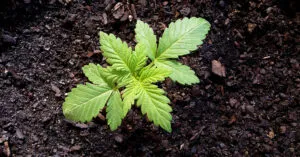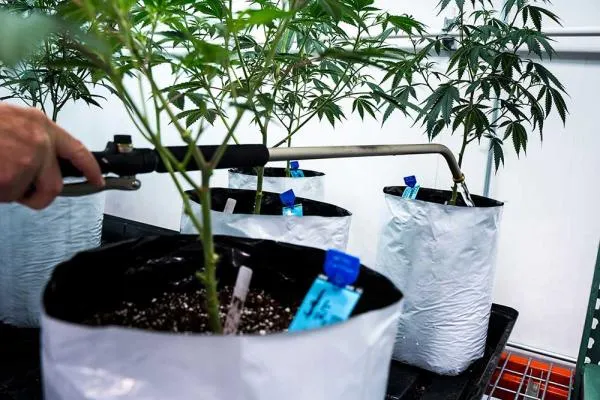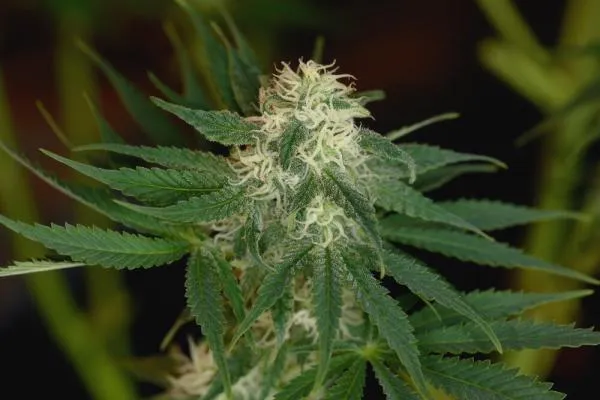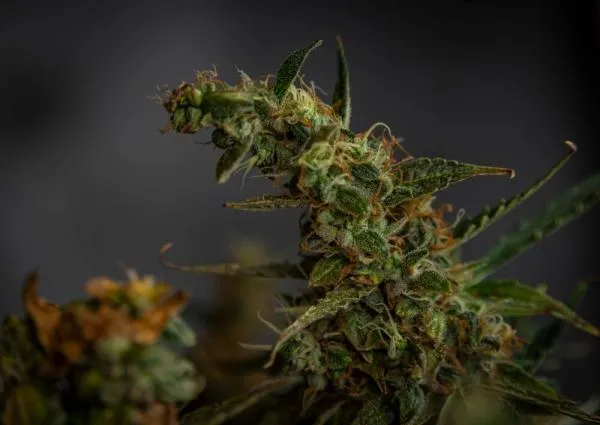Organic marijuana can be very beneficial. Any organic plant can be described as being derived from a living organism. With organic plants, only natural sources should be used for growing mediums and nutrients. These are different from nutrients that are synthetically made in a laboratory. Growing organic marijuana consists of cultivating a garden comprised of an intricate network. Within this network are bugs, bacteria, worms and fungus. All of these help cannabis plants thrive.
The benefits of growing organic cannabis are many. Without chemicals, buds taste and smell better and are even said to be more potent. Of course, no chemicals will be consumed. This makes organic cannabis growing even healthier.
Many growers want to learn how to grow marijuana organically. This complete guide will show you how to do it.
- What are organic nutrients?
- Organic Pest Control
- Tips for Growing Organic Cannabis Outdoors
- Other tips to keep in mind to get beautiful organic plants are:
- Tips for Growing Organic Marijuana in Hydroponics.
- Seeds Vs Clones when growing organically
- Tips for Growing Organic Marijuana in Coco Coir.
- Conclusion.
What are organic nutrients?
Organic nutrients are defined as nutrients made up of living things. The presence of carbon also separates organic nutes from inorganic. Carbohydrates, lipids, proteins and vitamins all contain carbon. This makes them organic. Water and minerals do not contain any carbon. They are considered to be inorganic.
There are three main nutrients marijuana plants need. These are nitrogen, phosphorus, and potassium. During the vegetative stage, plants will need higher levels of nitrogen and potassium. They will still need phosphorous, but not as much as other nutrients.
These three main nutrients are needed during the flowering stage as well. However, different levels are needed during this phase. Plants won’t need as much nitrogen, but will need high levels of potassium. Phosphorous is still needed in medium to high levels.
There are many organic marijuana fertilizer brands on the market.
These include:
- Technaflora.
- BioBizz.
- Organic Iguana Juice Bloom.
- Earth Juice Grow.
- Earth Juice Bloom.
- Earth Juice Bat Guano Grow.
- General Organics Bio Bud.
These brands can be helpful, but they may not be necessary. This is because organic soil is used when growing organic marijuana. It is the soil that is most important. When the soil is rich and healthy, it’s not necessary to add any additional nutrients.
One way to create soil that is super healthy is to add compost to it. Compost can include a number of living things. Most often, food scraps are added to it.
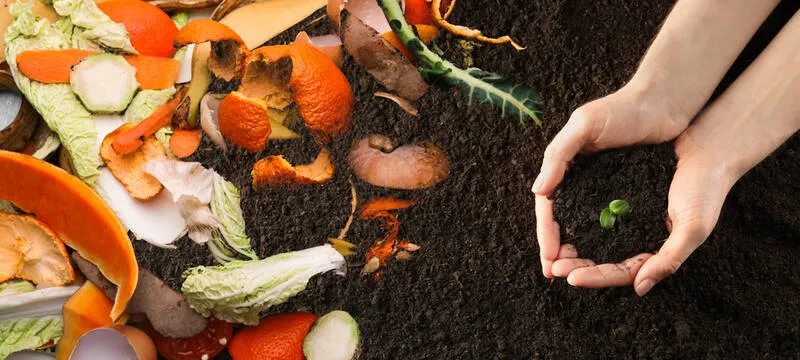
These can include:
- Coffee grounds.
- Corn cobs.
- Eggshells.
- Tea/tea bags.
- Raw or cooked vegetables.
- Bread that has gone moldy or stale.
- Fruit pits.
- Rinds and cores from fruits and vegetables.
As scraps are added to compost, they will release nutrients into the soil. This should make any supplemental nutrients unnecessary. When growing in soil outdoors, the compost can simply be applied to the top of the soil. The microorganisms within the compost will work with the soil to create that intricate network needed. This network will include the main nutrients marijuana needs. It will also include good bacteria and microbes that will be beneficial to the plant.
When compost is being added to a container, it should be added to the bottom 1/3 of the container. Then, organic soil can be added on top. This will ensure the plants do not experience nutrient burn from the compost. This is especially important when dealing with very young plants or clones.
Vermicompost is another type of compost. It is primarily made up of worms. Worm castings are rich in nitrogen, yet won’t cause nutrient burn. Worms also help aerate the soil. This can provide more oxygen to the plant.
A certain fungi known as mycorrhizal fungi can also be added to organic soil. This promotes healthy root growth in plants. It can also maintain a proper ph level in the soil.
Living soil is another method of growing organic marijuana. It uses healthy microbes and insects. This in turn, mirrors the most natural environment for the plant. Red wiggler worms are often added to living soil. Like in Vermicompost, they can contribute nutrients and provide aeration. However, these worms should only be used in the largest containers. When they are not given enough room, they can die quickly and damage the roots of the plants.
Organic Pest Control
Pest control is an important part of any organic garden. A combination of compost and soil is a perfect place for pests to thrive. Not all of those pests are wanted. Growing organic marijuana also means using organic pest control measures. Chemical pesticides will deter from the organic nature of the soil, and could even kill it.
There are a number of organic pest control measures that can be implemented. These include:
- Companion plants. These can include basil, cayenne pepper, and garlic.
- Extract oils from plants such as mint and lavender.
- Beneficial bugs such as ladybugs and predator mites.
Tips for Growing Organic Cannabis Outdoors
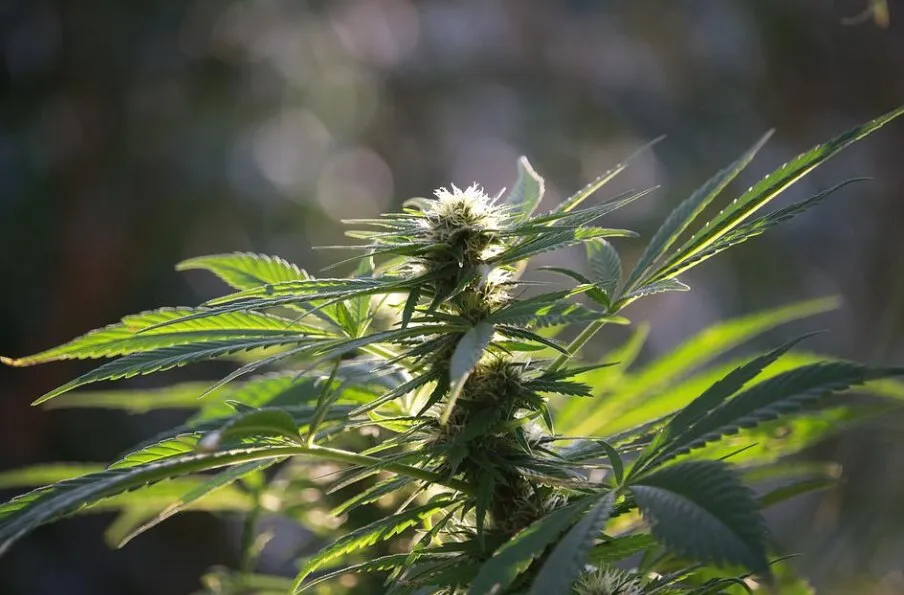
Growing organic marijuana outdoors isn’t that much different than growing marijuana with the help of chemicals. It begins with a great soil.
This soil can include:
- Pumice
- Earthworms and earthworm castings
- Kelp meal
- Perlite
- Bat guano
- Fish emulsion
- Peat moss
Other tips to keep in mind to get beautiful organic plants are:
- Outdoor plants will do best in temperatures between 60 and 75 degrees Fahrenheit.
- Plants should receive five to six hours of sunlight per day. Ideally this would be during the middle of the day. This is when light quality is best.
- Use a combination of super soil and compost. This will provide the needed nutrients to the plant.
- Don’t use tap water on the plants. It may contain fluoride and other chemicals that can kill the plant. Only use filtered water.
- Watch the plants to determine if they need additional nutrients. Compost may be enough but when it’s not, organic fertilizers can be applied.
- In rainy climates, raised beds will ensure the plants do not get water-logged. Ditches can also be dug to drain water away from the plants.
- Create windbreaks for particularly windy conditions.
- Use protective enclosures such as netting in case of early frost.
- Find a strain that will do well in your particular climate.
The only real difference when growing organic marijuana outdoors is to not use chemicals such as pesticides and fertilizers.
Tips for Growing Organic Marijuana in Hydroponics.
Many think that growing organic marijuana in hydroponic setups is impossible. However, it’s not. Growers just need to take the principles of organic growing and apply them. They can do so by following these tips:
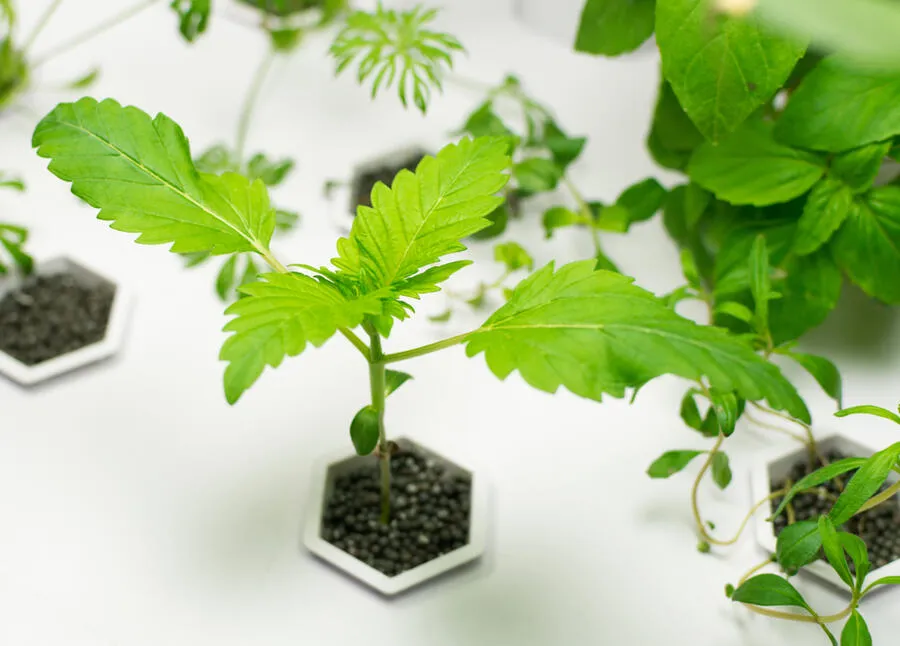
- Use fertilizers that contain calcium nitrate, potassium nitrate, and iron chelate. These will dissolve into the water and be easily absorbed by the plants.
- Use aquaponic systems, which rely on fish to fertilize the plants.
- Use naturally growing substrate. These can include coconut fibers, worm castings, perlite, bark, and peat.
- Make sure the growing medium is free-draining and well aerated.
- When adding substrates to the growing medium, they should be conditioned first. This means inoculating with mircobes, and fully moistening the substrates.
- Ensure there is drip irrigation at the roots once plants are set up.
- Leave the ph levels to stabilize on their own.
- Use any number of the organic nutrient mixes that are available to feed plants.
- Use screening vents, double-door entries, and sticky traps to identify and correct pest problems.
- Use organic fungicides to control the development of mold and other diseases.
Hydroponic setups are already considered to be more advanced than growing in other mediums. Growing organic marijuana in these setups is even more advanced. That does not mean however, that it can’t be done.
Seeds Vs Clones when growing organically
Both seeds and clones can be grown easily using organically. Clones skip through lots of the sometimes tricky germination and seedling stages, however, there is much less choice when growing with clones and they can bring their own set of issues by passing down undesirable characteristics. Seeds on the other hand give you plenty of choice, and online you will find strains suitable for growing in hot, humid or arid mountainous regions. Clones are also not possible if you want to grow autoflowers which is usually the starting point for most beginners growing marijuana seeds.
Tips for Growing Organic Marijuana in Coco Coir.
Some say growing organic marijuana in coco coir is even easier than growing it in soil. It is easily transported and also offers good aeration. The BioTabs Nutrient Line has been specifically developed to be used in coco coir. It transforms the somewhat lifeless fibers into a rich and live substrate. Best of all, it’s organic. To prepare the mix needed to create the appropriate environment, you will need:
- 60 percent Coco.
- 20 percent Perlite.
- 20 percent Vermicompost.
- A BioTabs Organic Nutrient Starter Pack.
Prepare the mixture as directed by BioTabs. Then follow these tips to get beautiful organic marijuana from coco coir.
- Start in small containers and transplant as needed. Typically, marijuana grown in coco coir will need to be transplanted twice.
- Use one tab for each three to four litres of substrate.
- Do not use any tabs for seedlings.
- Water with an enriched solution to stimulate bacteria and beneficial fungi.
- Adjust the amount of nutrients depending on the strain, not on the size of container used.
Conclusion.
Growing organic marijuana has many benefits. It can greatly improve the smell and taste of marijuana. Of course, it’s also healthier than marijuana grown with the use of chemicals. Organic marijuana is a different beast than regular marijuana, no matter the medium it’s grown in. In order to do it effectively and to achieve beautiful yields at harvest time, follow these tips. You won’t have to worry about your plants and will be happy to know the marijuana you’re consuming is as healthy as possible.
